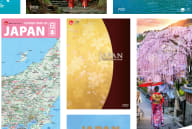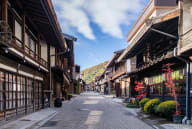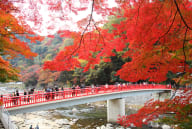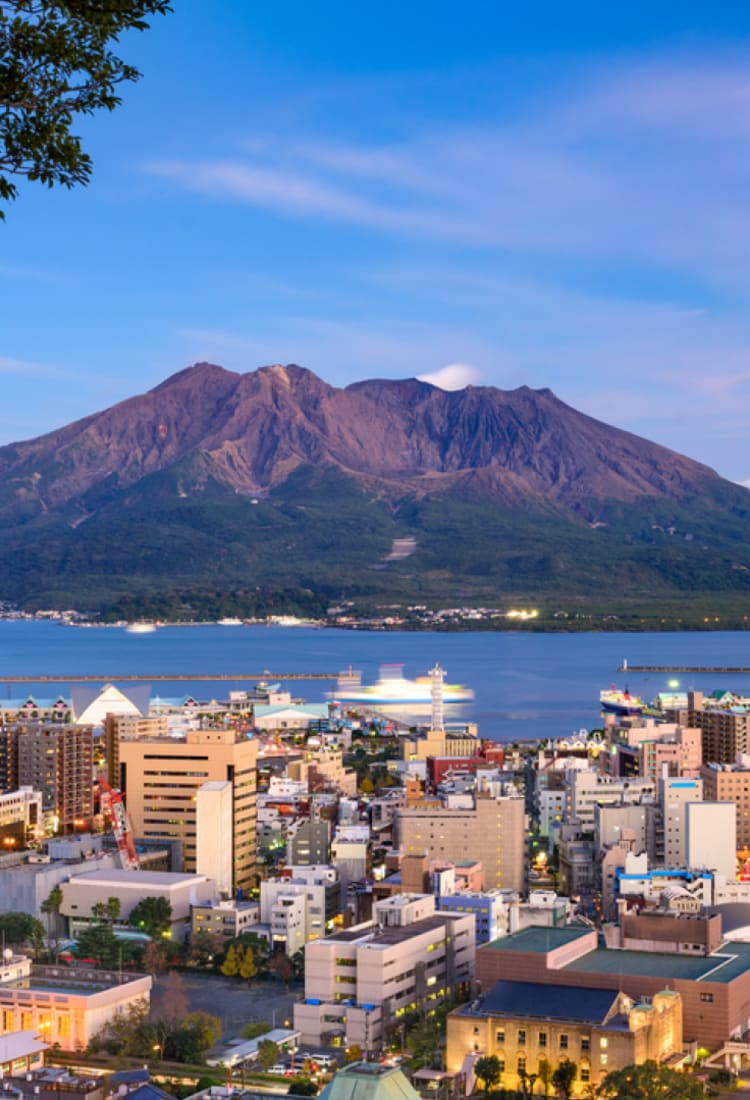
Kagoshima Explore passionate cuisine born of fertile volcanic soil
A Culinary Journey in Kagoshima
Kagoshima Prefecture, located at the southern tip of the Kyushu region, is beloved for its dramatic landscapes, volcanic activity, and rich culinary heritage. Blessed with fertile volcanic soils and a subtropical climate, Kagoshima produces fresh ingredients that define its distinctive food culture.
Kagoshima is celebrated for its high-quality agricultural produce, forestry products, and seafood. The fertile volcanic soil and warm climate are ideal for growing various crops, including sweet potatoes, tea, and radishes. The prefecture is particularly famous for Kagoshima Kurobuta pork, derived from Berkshire pigs, known for its succulent texture and rich flavour. The coastal waters provide an abundant supply of fresh fish and shellfish, contributing to the prefecture's vibrant seafood cuisine. Notable local dishes include Satsuma-age, a fried fish cake, and Kibinago (blue sprat) sashimi, a delicate silver-striped herring served with a tangy sauce. These dishes, among others, showcase Kagoshima’s dedication to using fresh, local ingredients.
The prefecture's unique fermentation techniques are evident in products like Shochu (Japanese distilled liquor), a traditional distilled spirit made from sweet potatoes, rice, or barley. Kagoshima offers an adventurous escape into the enchanting natural landscapes of Yakushima, a World Natural Heritage Site, and an opportunity to delve into Japanese history by visiting sites related to Takamori Saigo, a historical figure who made a great contribution to shaping modern Japan. Its food culture is also profoundly intertwined with nature and history, presenting a rich array of flavours and culinary traditions that vividly reflect Kagoshima's cultural heritage.
Dive into the flavours of Kagoshima, where you can experience its historic scenery and vibrant culture.
Satsuma-age (Fried fish cake)

What it is (Ingredients)
Satsuma-age, a beloved dish hailing from Kagoshima, features a blend of minced fish, bound with flour and starch and seasoned with salt, sugar, and soy sauce. A variety of fish are used, including sardines, sharks, bonito, mackerel, pollack, croaker, and flying fish. In most cases, a mixture of two or more types of fish is utilized. Sometimes it is also mixed with vegetables such as carrots, burdock, and edamame. This mixture is formed into small cakes or balls before deep-fried to golden perfection.
History/Origin
Originating in the Edo period (1603 - 1868), Satsuma-age finds its roots in Kagoshima's fishing communities. It was initially a way to preserve fish by frying it, eventually evolving into a popular snack and side dish enjoyed throughout the prefecture. Today, its versatility and savoury flavour continue to make it a staple in Kagoshima's culinary landscape.
Where You Can Eat
While ubiquitous in local markets, and specialty stores, and even served as street food, you can experience authentic Satsuma-age at traditional Izakaya (Japanese-style dining bars) and local restaurants across Kagoshima Prefecture. Each locale adds its unique twist to this crispy delicacy, making it a must-try for food enthusiasts exploring Kagoshima's gastronomic offerings.
When to Eat
Satsuma-age is best enjoyed fresh and hot, making it an ideal snack or appetizer year-round. Whether paired with a bowl of ramen or enjoyed on its own, it offers a satisfying crunch and savoury taste that delights locals and visitors alike.
Once you're wandering through local markets or settling into a cozy Izakaya, this crispy fish cake assures a taste of Kagoshima's rich culinary heritage.
Karukan : Steamed cake with Japanese mountain yam
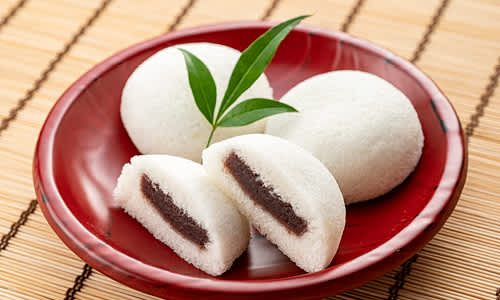
What it is (Ingredients)
Karukan is a traditional Japanese sweet from Kagoshima Prefecture, featuring a blend of rice flour, sugar, and grated Japanese mountain yam (yamaimo). This unique ingredient not only adds a subtle sweetness but also contributes to the cake's soft, moist texture. There are two types of appearance: a long rectangular shape and a round shape. The long rectangular shape is a plain Karukan without any filling inside, while the round shape is known as "Karukan Manju" and contains sweetened red bean inside.
History/Origin
Originating in the Edo period (1603 - 1868), Karukan's roots are deeply intertwined with Kagoshima's rich cultural heritage, initially created as an offering to the local lord. Over the centuries, Karukan became a beloved treat enjoyed during special occasions and festivals, showcasing Kagoshima's artisanal craftsmanship and respect for tradition.
Where You Can Eat
Karukan can be found in specialty shops throughout Kagoshima Prefecture, particularly in Kagoshima City and surrounding areas. Local confectioners and markets offer a variety of Karukan styles, each highlighting the prefecture's commitment to preserving its culinary legacy.
When to Eat
Karukan is best enjoyed year-round, but it holds significance during seasonal celebrations and ceremonial occasions, and local festivals. Its delicate sweetness and soft texture make it a delightful accompaniment to tea or a thoughtful gift representing Kagoshima's hospitality and cultural pride.
Treat yourself to the exquisite flavours of Karukan, a testament to Kagoshima's history and craftsmanship


















































